When most people think of legendary Wild West shootouts, the OK Corral usually steals the show. But here’s the twist—Wyatt Earp’s iconic showdown in Tombstone lasted just 30 seconds and claimed three lives. Meanwhile, in the dusty outlaw town of Ingalls, Oklahoma, a full-scale gun battle erupted in 1893 that involved nine U.S. Marshals and turned deadlier than almost any gunfight of its era.
This wasn’t some saloon scuffle—it was a federal raid targeting the infamous Doolin-Dalton Gang, also known as the “Wild Bunch.”
Made up of bank robbers, train bandits, and full-time outlaws, the gang had turned Ingalls into their hideout. Locals knew who they were but mostly looked the other way. In tough times, outlaw money helped keep food on the table.
The U.S. Marshals Service, keen to boost its reputation, decided to take action. On September 1, 1893, a posse of marshals rode into Ingalls—and chaos exploded.
Guns were drawn, bullets flew, and the battle spilled through saloon doors and rooftops in true Old West fashion.
Three lawmen were killed or mortally wounded. At least three gang affiliates died, including a young saloon owner named Murray, who was caught in the crossfire. A bystander took a bullet to the leg. When the smoke cleared, the Wild Bunch had vanished—scot-free.
All that bloodshed—and the gang got away.
But karma doesn’t forget.
A new U.S. Marshal, Evett Nix, was appointed in the Oklahoma Territory with orders to capture or kill the Wild Bunch. Over the next few years, one by one, the gang members met their end—many in another brutal shootout in Pawnee County in 1896.
So why don’t more people know about the Battle of Ingalls?
For one, Oklahoma wasn’t even a state yet—it wouldn’t be until 1907. And unlike Tombstone, Hollywood never picked up on Ingalls. The story faded into the shadows because, on that particular day, the outlaws won.
Today, there’s not much left of Ingalls. Just a few residents and a historical marker where an infamous outlaw town once stood.
But for one wild September day in 1893, Ingalls was the heart of the Old West—and it gave the OK Corral a run for its money.

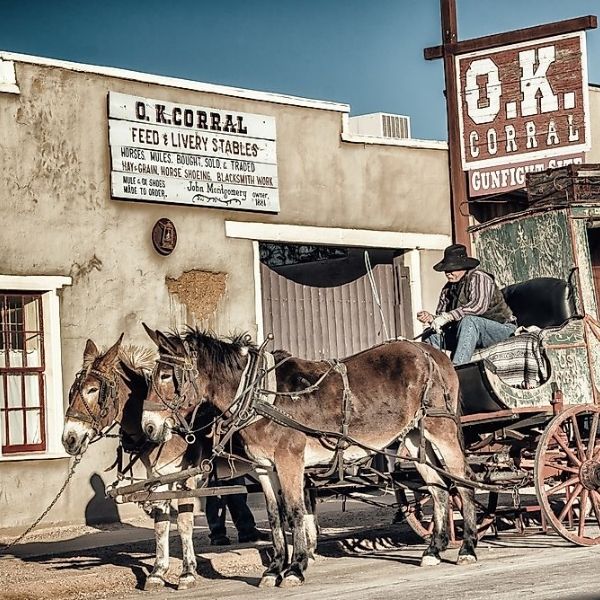

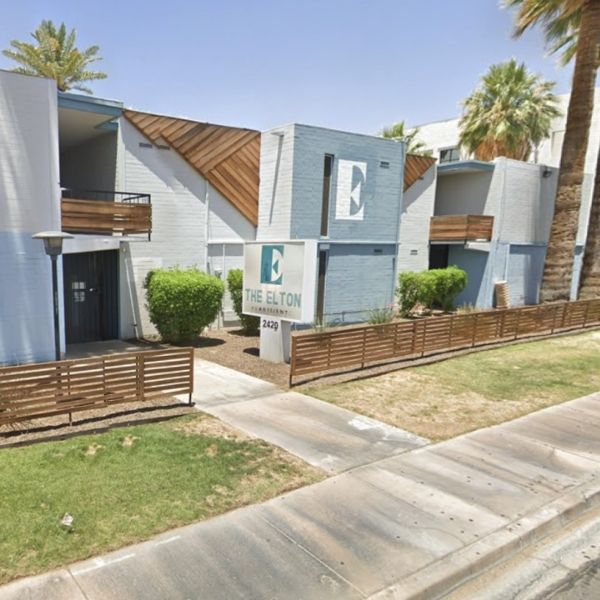
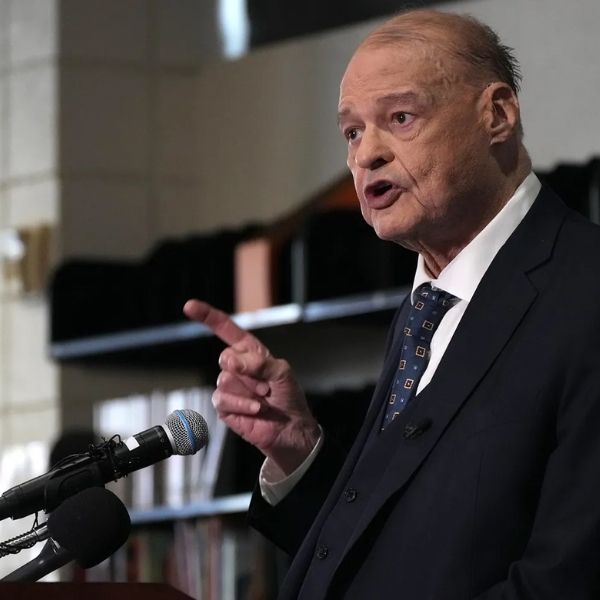
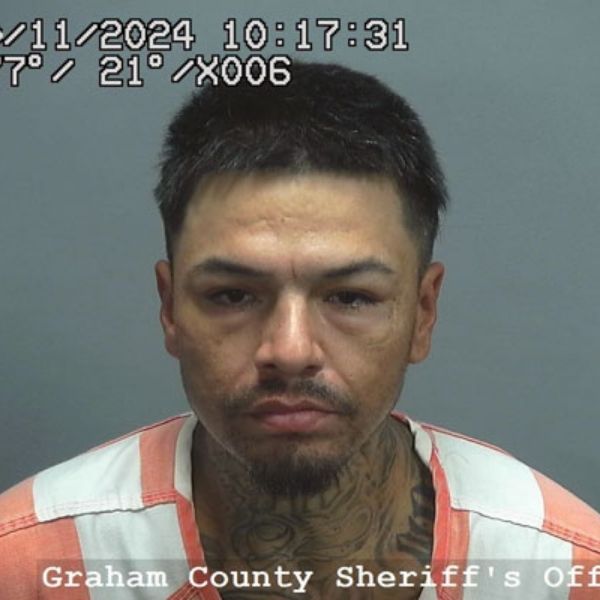
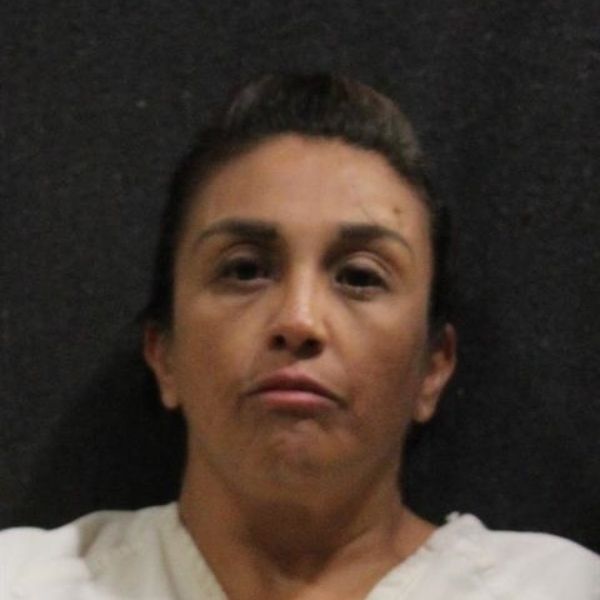

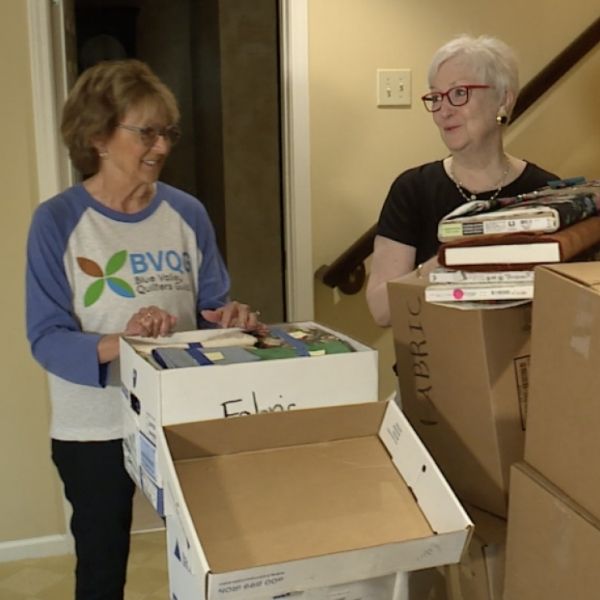
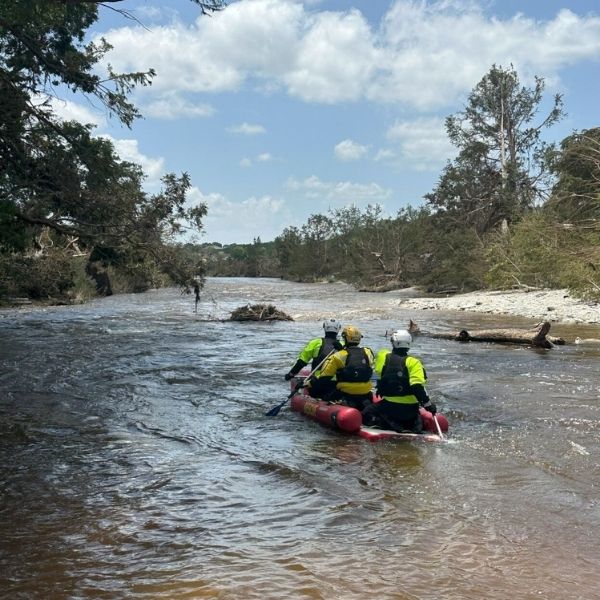
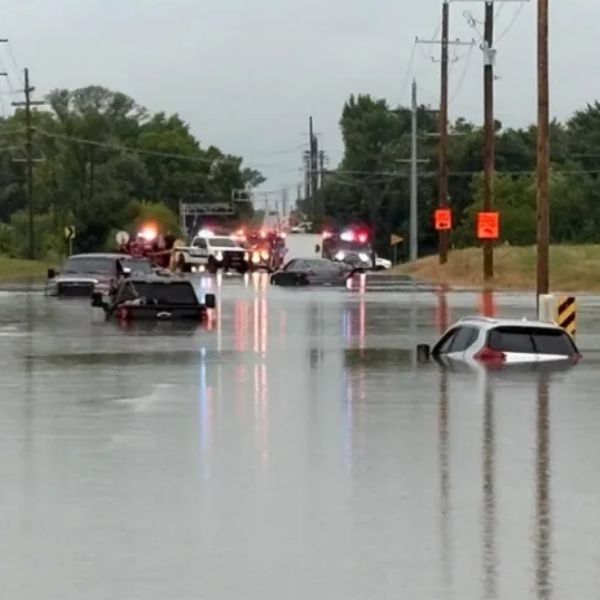
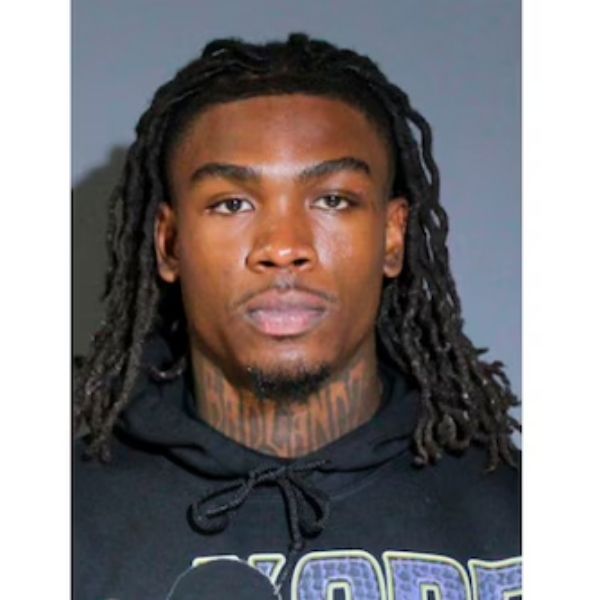

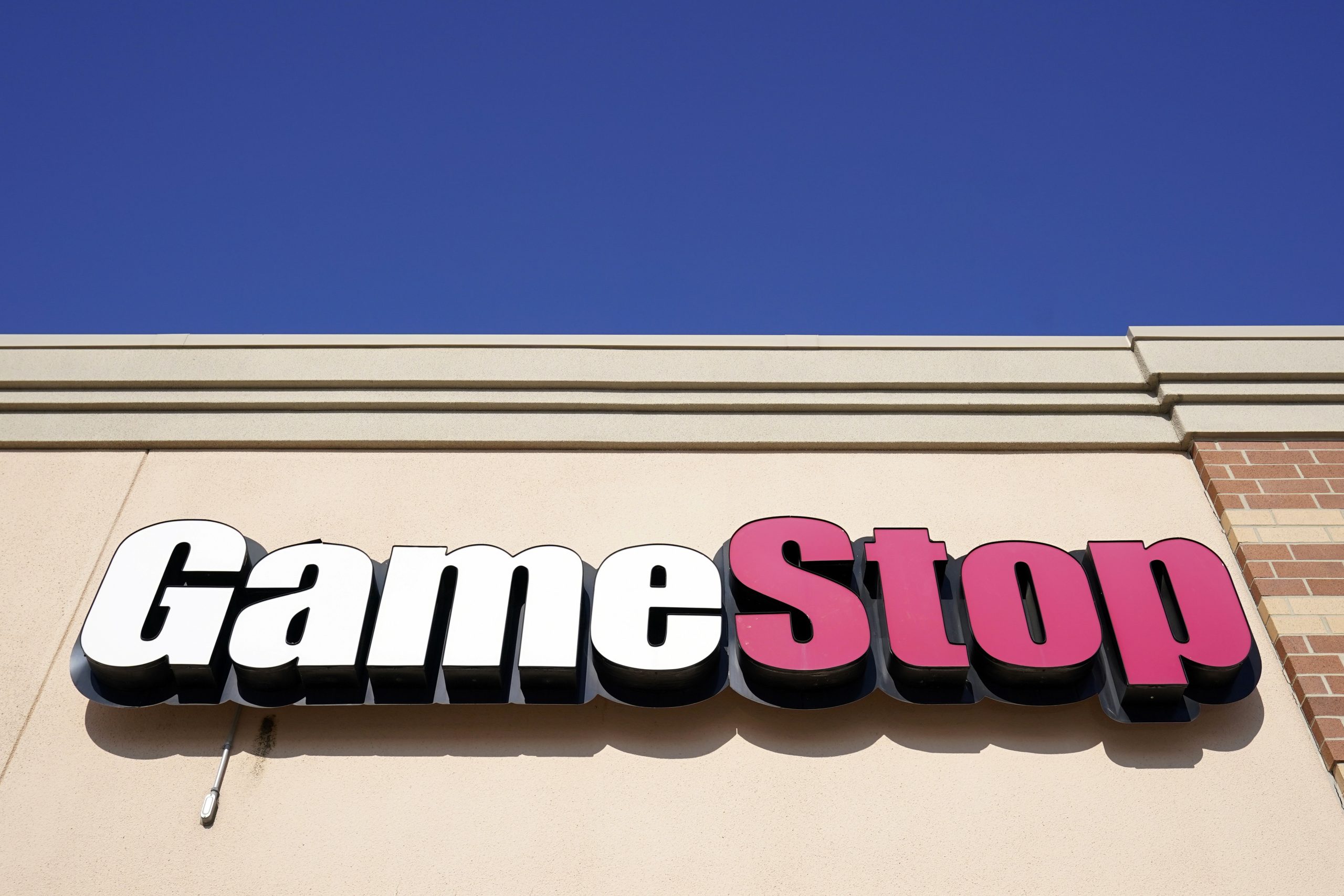

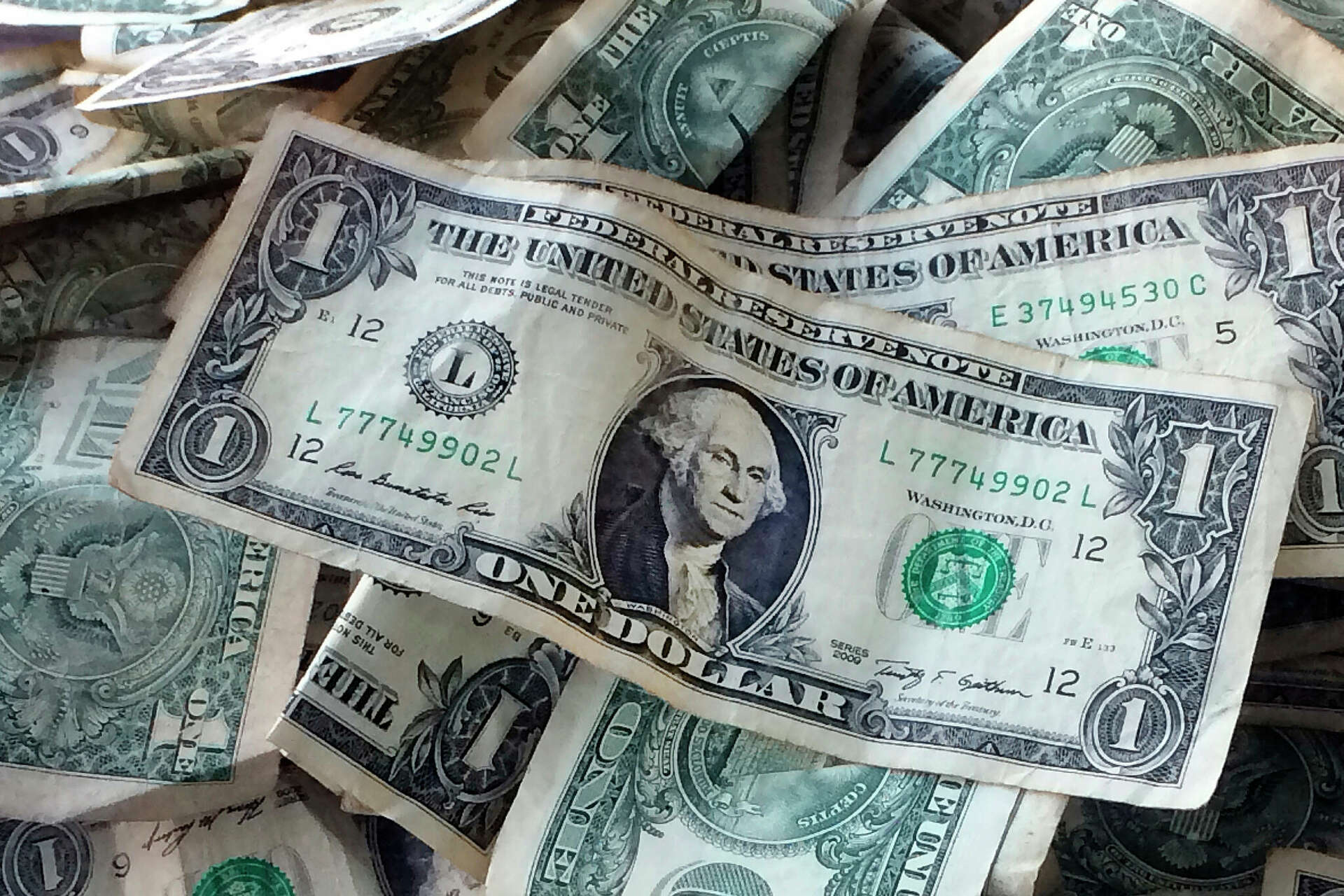
Leave a Reply